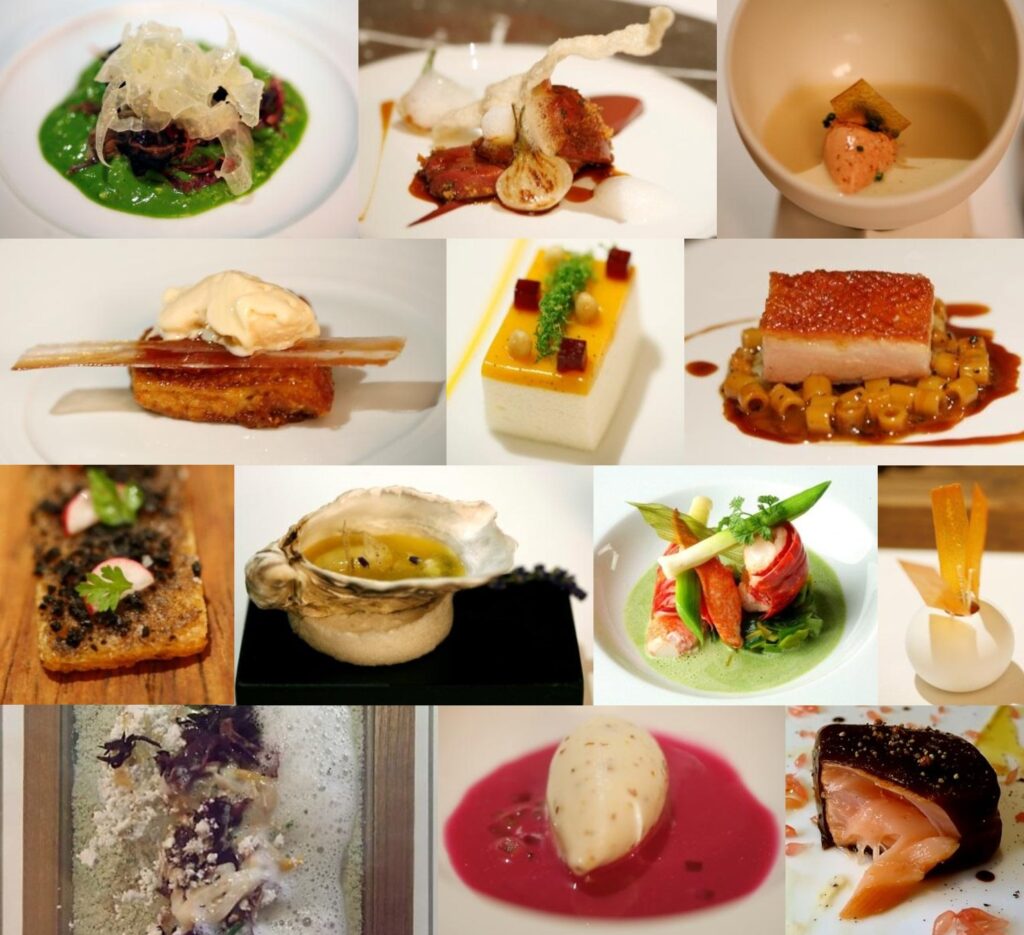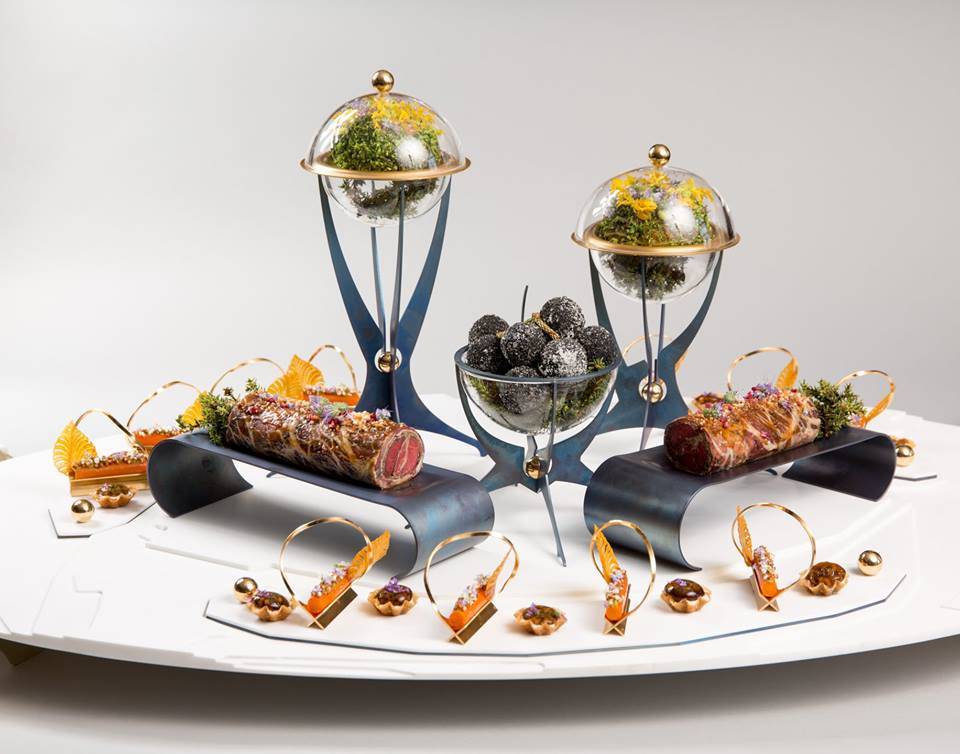The French-founded Michelin Guide, the world’s most prestigious culinary guide, has expanded to Estonia; the first Michelin-awarded Estonian restaurants will be announced on 25 May.
The Estonian state-owned agency responsible for promoting tourism in the country, Enterprise Estonia, announced on 7 April that it had signed an agreement to “bring the Michelin Guide to Estonia”.
“Joining the Michelin family will make us better known, better understood and more comparable internationally. Top-class food culture is one of the main reasons people travel. It’s also one of the most common reasons for returning again and again. The agreement with Michelin will have a long-lasting impact on Estonia’s tourism exports and reputation,” Andres Sutt, the Estonian business and IT minister, said in a statement.
Inspections in Estonia have already started
Gwendal Poullennec, a representative of Michelin, added that the Estonian gastronomic landscape is still relatively unknown to many, but it “carries strong traditions with exciting influences”. “Top chefs with an innovative approach interpret Estonia’s culinary heritage in the most contemporary way. We are delighted to share the range of Estonian restaurants in Michelin’s restaurant chain with fine food lovers around the world,” he noted.
According to an estimate by Enterprise Estonia, the awarded restaurants could expect a 20 per cent increase in sales.

Michelin inspectors have already started to carry out incognito visits to restaurants in Estonia. The first restaurants worthy of a star, as well as the other restaurants that have been given an inclusion in a Michelin Guide, will be announced in Tallinn on 25 May.
A historical guide
The Michelin Guide is historically closely related to the namesake French tyre company – the second largest tyre manufacturer in the world.
The story goes back to Clermont-Ferrand in central France in 1889, when brothers Andre and Edouard Michelin founded their eponymous tyre company, fuelled by a grand vision for the French automobile industry at a time when there were fewer than 3,000 cars in the country.
In order to help motorists develop their trips – thereby boosting car sales and in turn, tyre purchases – the Michelin brothers produced a small guide filled with handy information for travellers, such as maps, information on how to change a tyre, where to fill up on petrol, and, for the traveller in search of respite from the adventures of the day, a listing of places to eat or take shelter for the night.

For two decades, all that information came at no cost. Until at one day, Andre Michelin arrived at a tyre shop to see his beloved guides being used to prop up a workbench. Based on the principle that “man only truly respects what he pays for”, a brand-new Michelin Guide was launched in 1920 and sold for seven francs.
In 1926, the guide began to award stars for fine dining establishments, initially marking them only with a single star. Five years later, a hierarchy of zero, one, two, and three stars was introduced, and in 1936, the criteria for the starred rankings were published.
One star stands for “a very good restaurant in its category”, two stars for “excellent cooking, worth a detour”, and three stars for “exceptional cuisine, worth a special journey”.

Since 1997, the Michelin Guide has also given the Bib Gourmand award – named after Bibendum, the official company mascot for the Michelin Group – the restaurants without stars but offering good quality and good value.
In 2016, another indicative symbol was added to the guide, a plate with a knife and fork beside it. “The plate” stands for a restaurant that serves dishes that are capably prepared and consist of fresh ingredients.
The first in the Baltics
Michelin has gone to extraordinary lengths to maintain the anonymity of its inspectors. Many of the company’s top executives have never met an inspector; inspectors themselves are advised not to disclose their line of work, even to their parents – who might be tempted to boast about it.
In all the years that it has been putting out the guide, Michelin has refused to allow its inspectors to speak to journalists.
The inspectors’ assessment is based on five rating criteria: quality of products, mastery of flavour and cooking techniques, the personality of the chef represented in the dining experience, harmony of flavours and consistency between inspectors’ visits.

The Michelin Guide now rates over 30,000 establishments in 37 territories across three continents.
As of 2021, France has the highest number of Michelin-starred restaurants in the world – a whopping 632 of them. Japan is ranked second, with 413 restaurants, followed by Italy (363), Germany (305), and Spain (212). The most decorated chef by the Michelin Guide is a French chef Alain Ducasse, who in total holds 17 Michelin stars in his restaurants across the world.
Estonia has become the first of the Baltic countries to be included in the Michelin Guide. Finland has seven restaurants that has been awarded a star by Michelin. Sweden has a single three-star Michelin restaurant, four two-star restaurants and 14 one-star restaurants.

